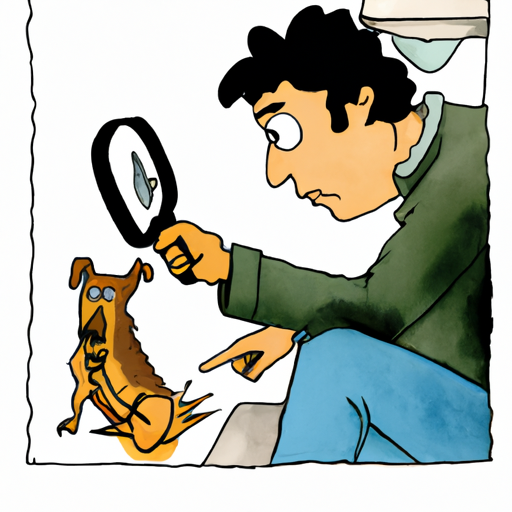As the loyal companions, dogs are not just pets. They are family. Thus, when it comes to their health, it’s crucial to be vigilant and proactive. One disease that can silently inflict your furry friend is osteosarcoma. More commonly known as bone cancer in dogs, osteosarcoma is an aggressive condition that requires early detection for the best prognosis. This article will identify the first signs of osteosarcoma in dogs and provide you with the knowledge you need to ensure your pet’s well-being.
- Table of Contents
- Recognizing Osteosarcoma: The Fundamentals
- The First Signs
- The Importance of Early Detection
- Diagnosis and Treatment
-
Frequently Asked Questions
-
Key Takeaways
- Osteosarcoma is a common and aggressive form of bone cancer in dogs.
- The first signs of osteosarcoma may include lameness, swelling, and pain.
- Early detection and prompt treatment can improve your dog’s prognosis.
- Regular vet check-ups are crucial for early diagnosis.
Recognizing Osteosarcoma: The Fundamentals
Osteosarcoma is the most common form of bone cancer in dogs, accounting for up to 85% of tumors that originate in the skeletal system^1^. It primarily affects large and giant breed dogs like Saint Bernards, Great Danes, and Rottweilers, but it can occur in any dog. The disease is aggressive and can quickly spread to other parts of the body, making early detection and treatment imperative.
The First Signs
The initial signs of osteosarcoma can be subtle and easily overlooked. They typically include:
-
Lameness or Limping: This is often the first sign dog owners notice. Your dog may start limping or showing difficulty in moving around, especially after rest or sleep.
-
Swelling: A noticeable swelling or lump may appear on the affected limb. However, it’s important to note that not all swellings are indicative of osteosarcoma.
-
Pain: Your dog may exhibit signs of pain, such as whimpering, restlessness, or loss of appetite.
-
Fractures: Osteosarcoma weakens the bone, making it susceptible to fractures. If your dog experiences a fracture from a minor injury or without any apparent cause, it could be a sign of this disease.
The Importance of Early Detection
Detecting osteosarcoma in its early stages is critical to improving your dog’s prognosis. Regular vet check-ups can help identify any unusual symptoms and initiate necessary diagnostic tests. For dogs prone to osteosarcoma, like large breeds, you may want to consider regular radiographs as part of their routine health care.
Diagnosis and Treatment
Diagnosis of osteosarcoma typically involves a physical examination, radiographs (X-rays), and a biopsy of the affected bone. Your vet may also recommend additional tests, such as a chest X-ray or CT scan, to check for the spread of the disease.
Treatment options for osteosarcoma include surgery, chemotherapy, and radiation therapy, often used in combination. A study on One Top Dog provides more detailed information on these treatments.
Unfortunately, the prognosis for osteosarcoma is often guarded, as the disease tends to spread rapidly. However, with prompt diagnosis and aggressive treatment, many dogs can enjoy a good quality of life for several months or even years after diagnosis.
Frequently Asked Questions
Q: What breeds are most susceptible to osteosarcoma?
A: Large and giant breed dogs are most likely to develop osteosarcoma, including Saint Bernards, Rottweilers, and Great Danes. However, any breed can be affected.
Q: Is osteosarcoma painful for dogs?
A: Yes, osteosarcoma is typically very painful. The first signs of pain may be subtle, such as a slight limp or decreased activity level.
Q: Can osteosarcoma be cured in dogs?
A: While some dogs can achieve long-term remission with aggressive treatment, osteosarcoma is generally considered incurable due to its high rate of metastasis (spread to other parts of the body).
In the end, the best defense against osteosarcoma is knowledge and vigilance. Regular check-ups, prompt attention to symptoms, and immediate veterinary consultation can make a difference in your dog’s life. For more information on dog health and care, visit One Top Dog.



